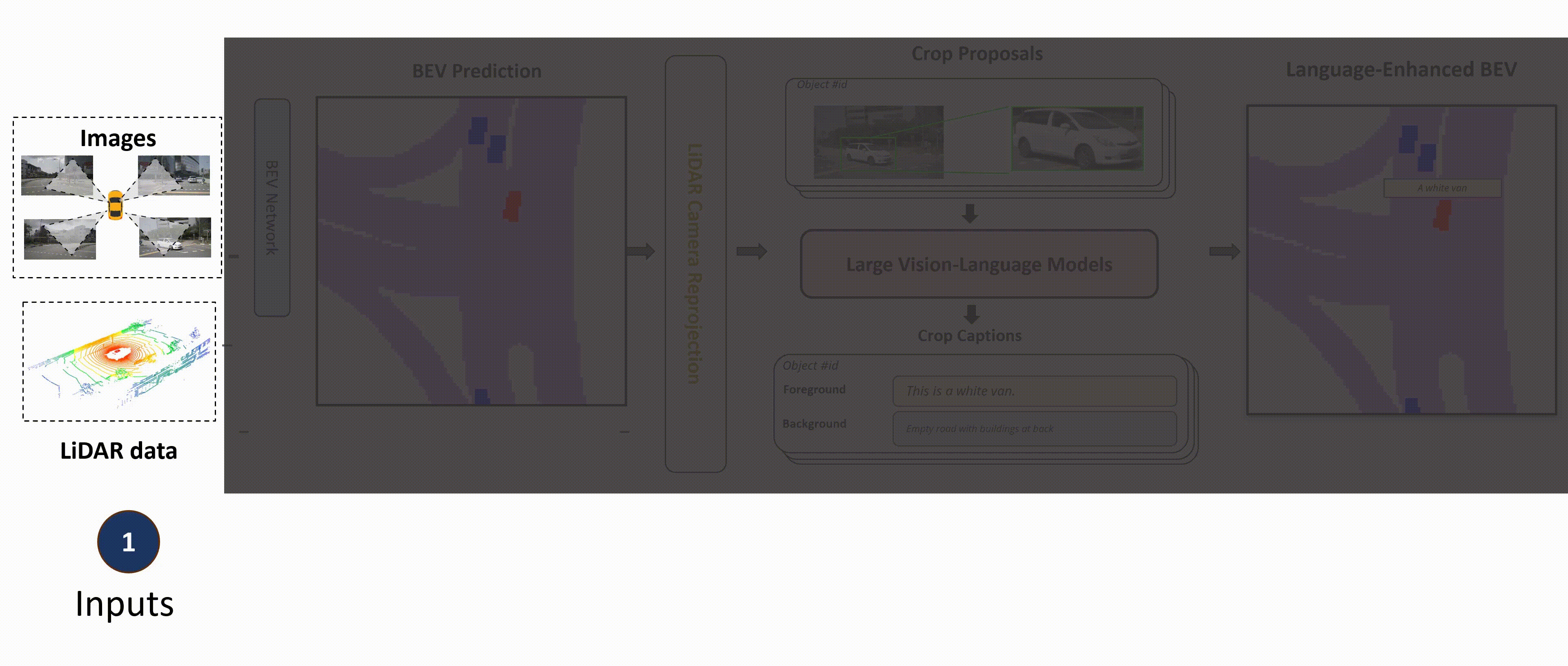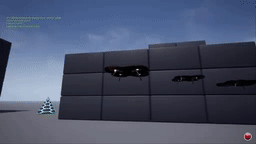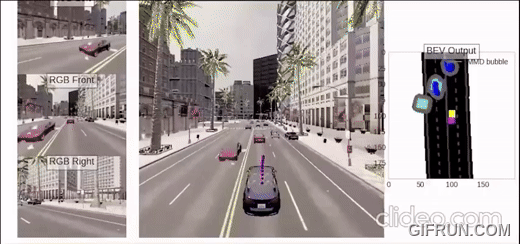UAP-BEV: Uncertainty Aware Planning using Bird's Eye View generated from Surround Monocular Images
CASE 2023
Autonomous driving requires accurate reasoning of the location of objects from raw sensor data. Recent end-to-end learning methods go from raw sensor data to a trajectory output via Bird's Eye View(BEV) segmentation as an interpretable intermediate representation. Motion planning over cost maps generated via Birds Eye View (BEV) segmentation has emerged as a prominent approach in autonomous driving. However, the current approaches have two critical gaps. First, the optimization process is simplistic and involves just evaluating a fixed set of trajectories over the cost map. The trajectory samples are not adapted based on their associated cost values. Second, the existing cost maps do not account for the uncertainty in the cost maps that can arise due to noise in RGB images, and BEV annotations. As a result, these approaches can struggle in challenging scenarios where there is abrupt cut-in, stopping, overtaking, merging, etc from the neighboring vehicles. In this paper, we propose UAP-BEV: A novel approach that models the noise in Spatio-Temporal BEV predictions to create an uncertainty-aware occupancy grid map. Using queries of the distance to the closest occupied cell, we obtain a sample estimate of the collision probability of the ego-vehicle. Subsequently, our approach uses gradient-free sampling-based optimization to compute low-cost trajectories over the cost map. Importantly, the sampling distribution is adapted based on the optimal cost values of the sampled trajectories. By explicitly modeling probabilistic collision avoidance in the BEV space, our approach is able to outperform the cost-map-based baselines in collision avoidance, route completion, time to completion, and smoothness. To further validate our method, we also show results on the real-world dataset NuScenes, where we report improvements in collision avoidance and smoothness.



